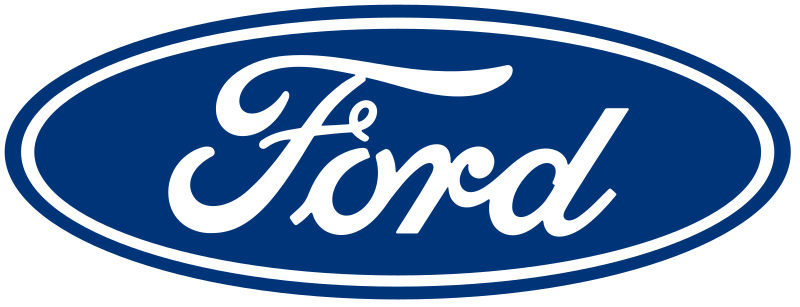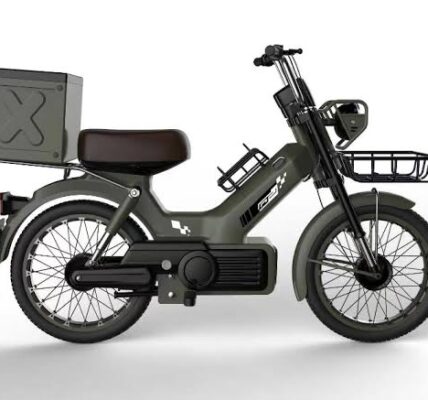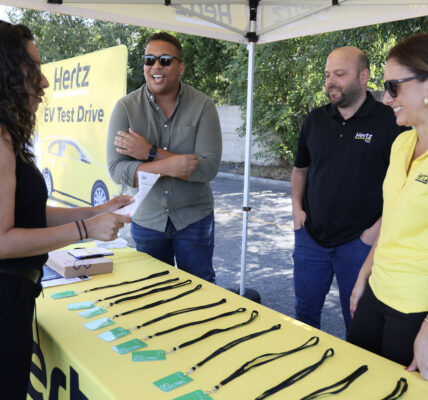Ford CEO Jim Farley made a blockbuster of a statement this week. According to the somewhat jovial and optimistic cousin of late comedic actor Chris Farley, producing electric vehicles requires about 40% less labor than producing the same number of fossil-powered cars.
The fact that electric vehicles are “simpler” than internal combustion engine (ICE) vehicles has long been a talking point of electric vehicle fans and evangelists (aka EVangelists). This has mostly come into play when talking about lower maintenance costs. There aren’t all the belts, tubes, hoses, etc. that you find in a gasmobile. That means fewer parts that can break and less maintenance over time. What is less discussed is what Jim Farley has highlighted this week — that it also means simpler production and a smaller labor force manufacturing the world’s cars and trucks.
Interestingly, Farley is also taking this difference to shift Ford back to more vertical integration. Rather than lay off workers, Farley aims to retrain them to produce more parts within the walls of Ford. As Farley says it, “we have to insource, so that everyone has a role in this growth.” Nonetheless, that’s not easy and certainly not going to be 100% smooth. Farley noted that the transition to EVs would involve “storm clouds.” Recall that Ford aims to reach 50% EV sales by 2030, up from just a few percent in 2022. Making that massive transition provides the opportunity for a new approach and retraining, but also plenty of likely hurdles and challenges.
The FT highlighted that back in the days of Henry Ford, vertical integration was the name of the game. “A shift in corporate strategy towards more vertical integration at Ford would hark back to the company’s early days when founder Henry Ford owned forest, iron mines, limestone quarries and even a rubber plantation in Brazil to wholly control the company’s supply chain,” the media outlet stated. “If Henry Ford came back to life, he would have thought the last 60 years weren’t that exciting, but he would love it right now because we’re totally reinventing the company,” Farley said. It’s hard to know what Henry Ford would be thinking right now. It’s a different time with different tech. This also brings to mind the fact that his wife had a car from another brand because she — like many women at the time — preferred driving electric. Electric cars were a sizable portion of sales back then, but eventually died off as longer-range gas-powered cars and the electric starter shifted the non-EV portion of the market away from EVs.
Naturally, while discussing insourcing and vertical integration, Farley focused a bit on batteries — parts of the battery production process are where jobs could be added and workers could be retrained. Also, given that he was speaking at a diversity- and equity-focused event sponsored by the Rainbow Push Coalition, he focused some of his words on achieving greater equity and inclusion. He told Jesse Jackson, “We have a whole new supply chain to roll out, in batteries and motors and electronics, and diversity has to play an even greater role in that.”
At the end of last year, 2021, Ford had 183,000 employees. In August, it reduced that number by about 3,000 in one round of layoffs. Without a doubt, more layoffs will be coming down the line, probably even in 2023.








